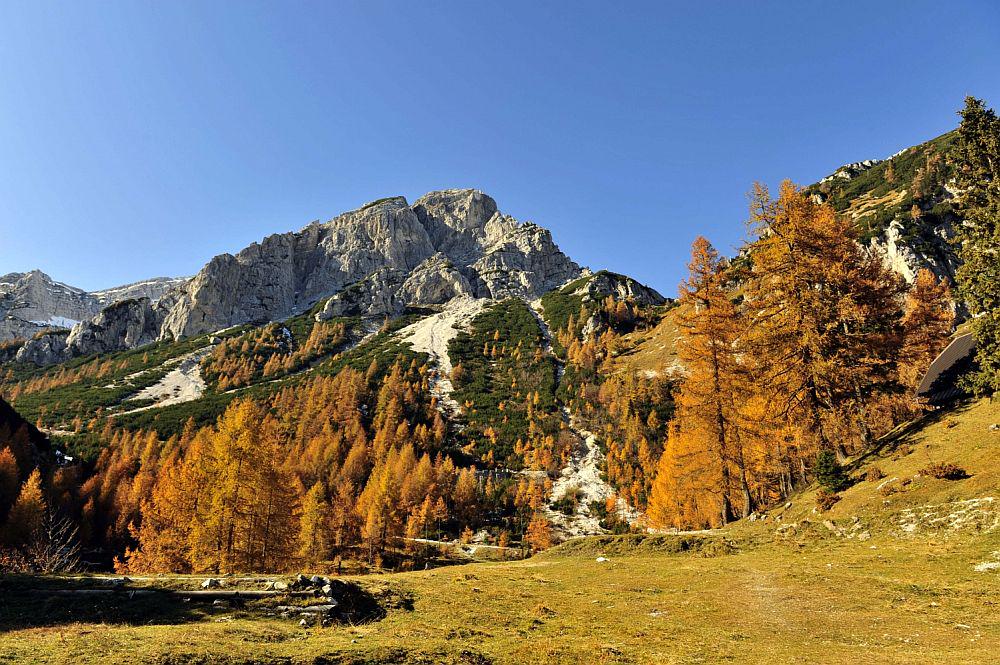It’s one of the most spectacular drives anywhere. The Vršič Pass road from Kranjska Gora to the Trenta Valley takes travelers past larch forests, idyllic meadows, under scraggly mountain peaks, into a lush valley dominated by the emerald Soča river. It came as no surprise whenthe National Geographic Society recently included the Vršič Pass road on its list of the world’s “Drives of a Lifetime.”
But the history of the Vršič Pass road is a tragic one. During World War I, the Soča River Valley was the site of one of the conflict’s bloodiest fronts, the infamous Isonzo Front. (Isonzo is the Italian ford for the Soča river.) Because Austria-Hungary needed an access to the front, Russian prisoners of war were brought in to build the Vršič Pass road. More than 10,000 Russians – far more than the combined population of the nearby villages and towns -- worked on the road. Accidents and diseases were common, the death toll was high, and many were buried in makeshift graveyards by the road.
Then, on March 8, 1916, tragedy struck. Heavy snowfall triggered an avalanche that crashed into the camp housing the prisoners of war. Recently built anti-avalanche barriers proved useless as tons of freshly fallen snow barreled down the mountain. The bodies weren’t recovered until the snow melted weeks later. It’s still now known precisely how many Russians died in the accident, but the number was in the hundreds.
Today, the road serves as a memorial to its Russian builders. Fifty sharp curves take travelers from one Alpine valley to another, and the road reaches an altitude of more than 1600 meters at its highest point. Because of the 1916 tragedy, authorities are now aware of the avalanche danger along the pass, and the road remains closed for the most of the winter season.
Today, travelers may notice a small wooden chapel next to the Vršič Pass road. The shingled chapel with two onion domes, which wouldn’t be out of place in Siberia, was built after World War I to honor the dead Russian soldiers. The chapel was constructed by the surviving Russian POWS, but has since been maintained by locals from the village of Kranjska Gora. Each July, it’s the site of a joint Slovenian-Russian memorial service attended by prominent guests from both countries. More than 97 after the tragedy that claimed so many Russian lives on Slovenian soil, the Vršič Pass road has become a symbol of friendship between the two nations.


































































